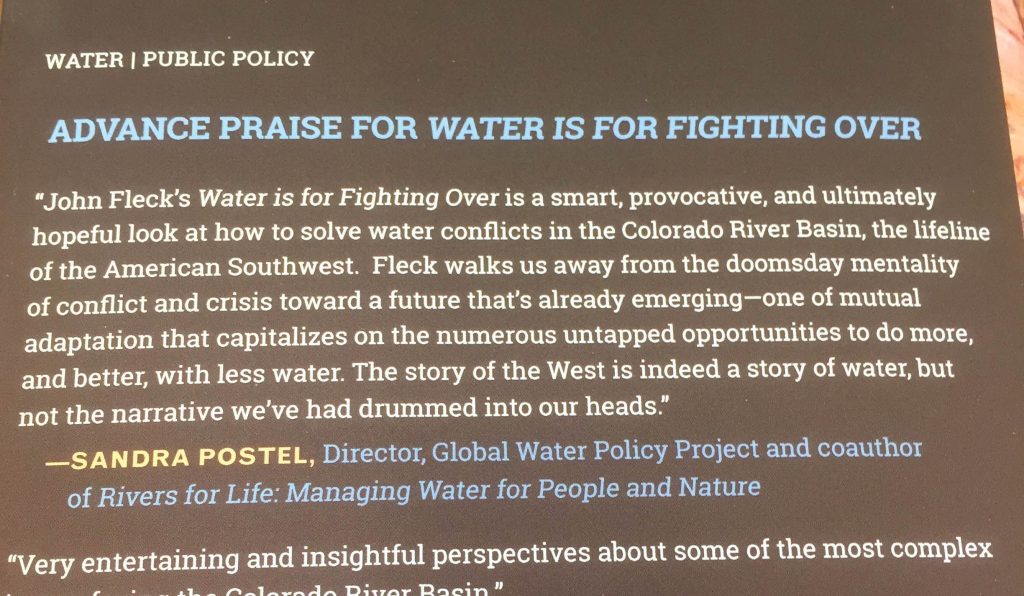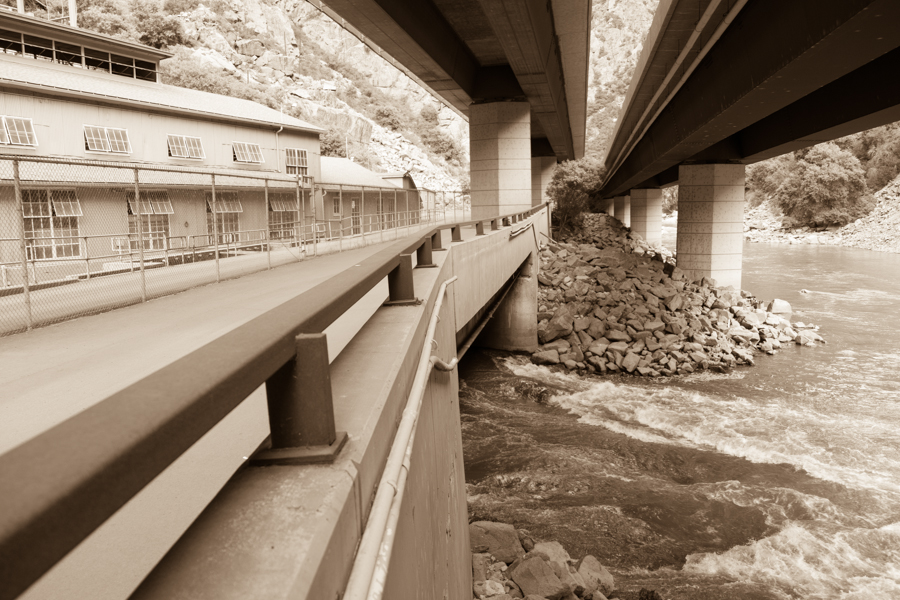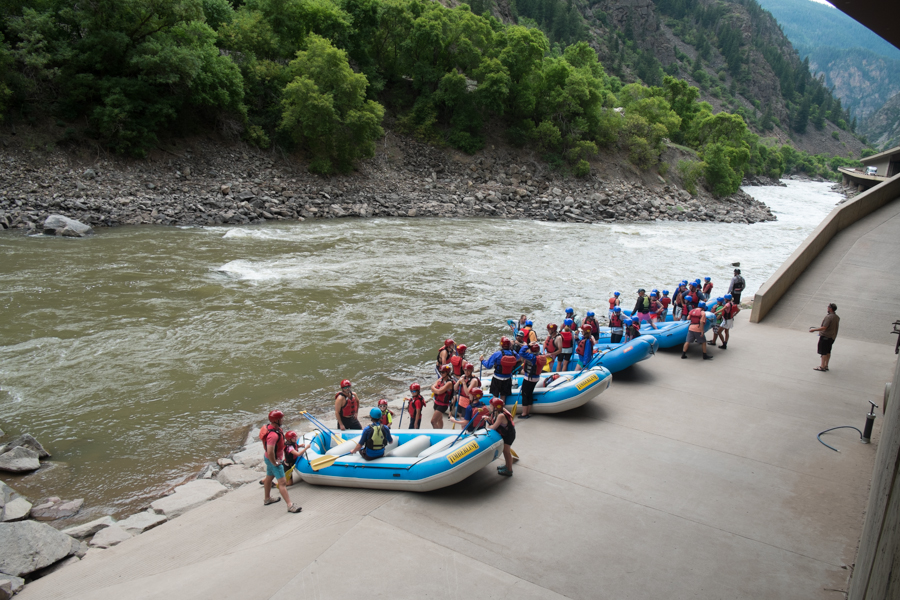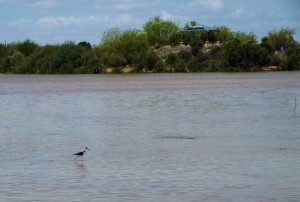Climatic consequences of adopting drought tolerant vegetation over Los Angeles as a response to California drought, Vahmani and Ban-Weiss, GRL, July 2016 found that when you tear out lawns, it gets warmer during the day but that overnight cooling could more than balance things out:
Transforming lawns to drought tolerant vegetation resulted in daytime warming of up to 1.9?° C, largely due to decreases in irrigation that shifted surface energy partitioning toward higher sensible and lower latent heat flux. During nighttime, however, adopting drought tolerant vegetation caused mean cooling of about 3?° C, due to changes in soil thermodynamic properties and heat exchange dynamics between the surface and ground. Our results show that nocturnal cooling effects, which are larger in magnitude and of great importance for public health during heat events, could counterbalance the daytime warming attributed to the studied water conservation strategy.
This being L.A., sea breezes are of course important too, which means that of course it’s complicated and hard to generalize. h/t Kevin Anchuaitis.





